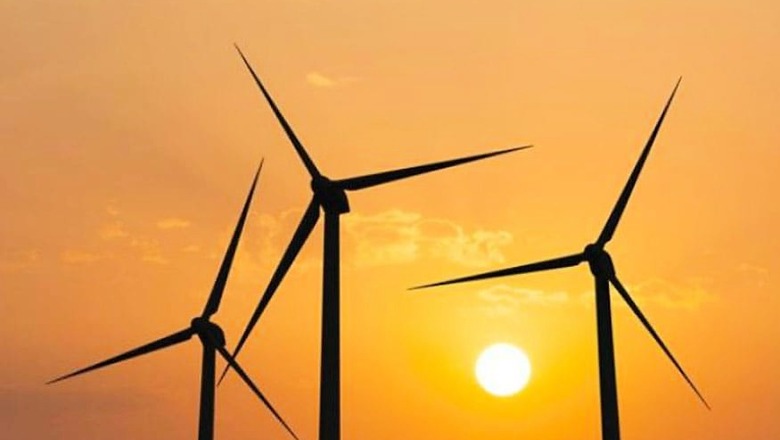
views
New Delhi: The Economic Survey 2018-19 on Thursday highlighted two important facts — that India’s energy consumption is low and needs to be increased to achieve higher developmental standards, and that while the country’s shift towards renewable energy is laudable, there’s more to be done.
Misplaced Focus on Increasing Energy Usage
The survey lays strong emphasis on increasing the overall energy usage in the country.
“Energy poverty has been more pervasive in India than income poverty,” the survey stated, adding that if India has to reach the Human Development Index level of 0.8, “it has to increase its per capita energy consumption by four times”.
India’s HDI value for 2017 was 0.640 which meant that the country was in the medium human development category. In effect, the survey drew a positive correlation between Human Development Index (HDI) and per capita energy consumption.
But a clear cause-effect relationship in such cases is largely lacking, especially considering that the United Nations Development Program (UNDP), which devised the HDI notes, said it is factors like health, education and income that drive the index.
To illustrate, consider a situation where a family lives in an excessively industrialised town with heavy energy consumption but has limited access to hospitals, educations and meaning employment.
The UNDP also specifically states that HDI was created “to emphasise that people and their capabilities should be the ultimate criteria for assessing the development of a country, not economic growth alone”.
Interestingly, a study published in 2013 analysed 15 developing countries for the period 1988-2008 and concluded that there exists a negative co-integration relationship between energy consumption and the HDI, while a positive co-integration relationship was found between electricity consumption and HDI.
It highlighted the fact that higher energy consumption could also mean increased burning of fossil fuels while a continuous supply of electricity is a basic requirement for improving living standards because it means increased access to healthcare, communication technologies, education, etc.
Additionally, improved infrastructure for electricity supply could also replace reliance on biomass energy and coal and effectively reduce indoor pollution and improve the quality of the environment, the study said, emphasising the difference between energy and electricity.
It is important, therefore, to bear in mind these subtleties while drafting the country’s energy policies.
State of Renewable Energy in India
The other aspect of the country’s state of energy that is underscored is that energy efficiency programmes are faring well because, in 2018, they led to a cost savings of more than Rs 50,000 crore and a reduction of 110 million tonnes in CO2 emissions.
But it ought to be noted that while renewables have received a push in the past five years, coal, too, has been promoted.
The Centre for Financial Accountability (CFA), a Delhi-based non-profit, reviewed 12 coal-generation projects and 60 renewable projects in 2017 and found that the coal projects received about thrice as much investment as the renewables and that the coal projects were primarily funded by government-owned entities.
Apart from this discrepancy in promoting cleaner fuel, the other trouble stems from the fact that there’s still a long way to go to achieve the ideal energy mix.
According to data from the Ministry of Power, as of April, 2019, 63.4% of our total installed capacity for energy generation comprises sources like coal, lignite, gas and oil, while only 22% constitutes renewables like solar and wind.
We have also routinely missed targets in increasing the installed capacity of renewables, according to data compiled by the Centre for Science and Environment (CSE).
And while it’s true that the country has significantly reduced energy generation from non-renewable sources, we ought to be doing more considering that we have promised to act on climate change by committing to the Paris Accord.




















Comments
0 comment